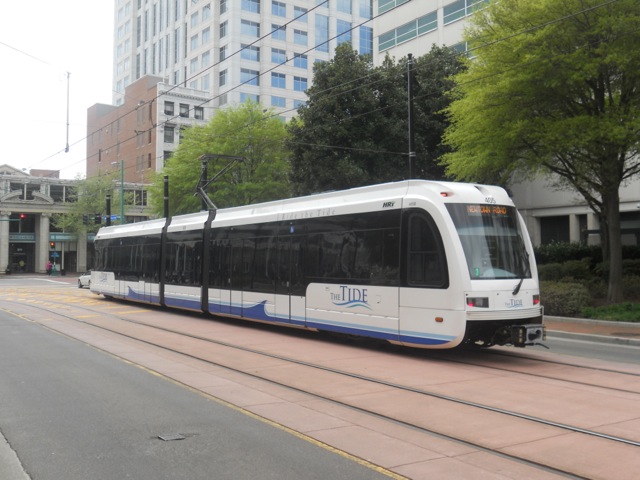The consortium that paid $3.8 billion to lease the Indiana Tollroad filed for bankruptcy yesterday. The operators–a Spanish company named Cintra and an Australian company named Macquarie–said that revenues were up and costs down, but it wasn’t enough for them to keep up on their mortgage payments.
According to toll-advocate Robert Poole, the problem was that Cintra-Macquarie had structured its debt to require a large payment after ten years, but the recession prevented it from collecting enough money to meet that schedule. On the other hand, toll critic Terri Hall argues that the bankruptcy helps demonstrate that such leases are inappropriate and cronyistic.
Coincidentally, Poole and Hall debated tollroads and public-private partnerships at the American Dream conference in Denver last Friday. (The debate also included Greg Cohen of the American Highway User Alliance.) Hall argued that long-term leases allowed governors such as Indiana’s Mitch Daniels to collect and spend large sums of money during their administrations but left travelers paying heavy tolls for generations to come.








